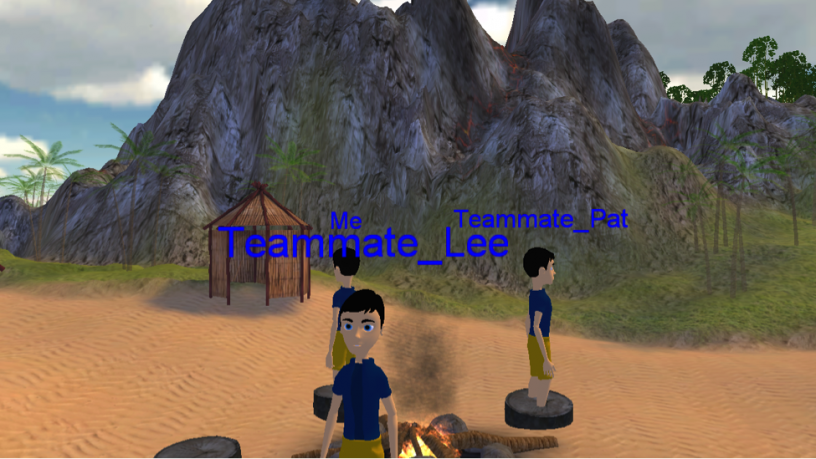We explore how social identity salience in virtual groups shapes individuals’ perceptions of self and partners.
READ MORE: Download these papers from here
Peña, J., Ghaznavi, J., Brody, N., Prada, R., Martinho, C., Santos, P. A., Damas, H., & Dimas, J. (2017). Effects of human vs. computer-controlled characters and social identity cues on enjoyment. Journal of Media Psychology, 0(0), 1-13. doi:10.1027/1864-1105/a000218
Yilmaz, G., & Peña, J. (2015). How do interpersonal behaviors and social categories affect language use? The case of virtual teams. Communication Quarterly, 63, 427-443. http://www.tandfonline.com/doi/abs/10.1080/01463373.2015.1058285#.VkENH6IVt14
Yilmaz, G., & Peña, J. (2014). The influence of social categories and interpersonal behaviors on future intentions and attitudes to form subgroups in virtual teams. Communication Research, 41, 333-352. http://crx.sagepub.com/content/41/3/333.short
Baptista, M., Damas, H., Dimas, J., Raimundo, G., Prada, R., Martinho, C., Santos, P., & Peña, J. (2013). A serious game based on a public goods experiment. International IEEE Conference on Social Computing (SocialCom), 774-781. http://ieeexplore.ieee.org/xpls/abs_all.jsp?arnumber=6693413
Prada, R., Raimundo, G., Dimas, J., Martinho, C., Peña, J., Baptista, J., Santos, P. A., & Ribeiro, L. L. (2011). The role of social identity, rationality, and anticipation in believable agents. In Proceedings of the 11th International Conference on Autonomous Agents and Multiagent systems (AAMAS ‘12), 3, 1175-1176. http://dl.acm.org/citation.cfm?id=2343907
McNamee, L., Peterson, B., & Peña, J. (2010). Teaching, invoking, indicting, and advocating: Understanding the communication of hate groups’ websites. Communication Monographs, 77, 288-311. http://www.tandfonline.com/doi/abs/10.1080/03637751003758227#.VkESgaIVt14
Peña, J., Walther, J. B., & Hancock, J. T. (2007). Effects of geographic distribution on dominance perceptions in computer-mediated groups. Communication Research, 34, 313-331. http://crx.sagepub.com/content/34/3/313.short



